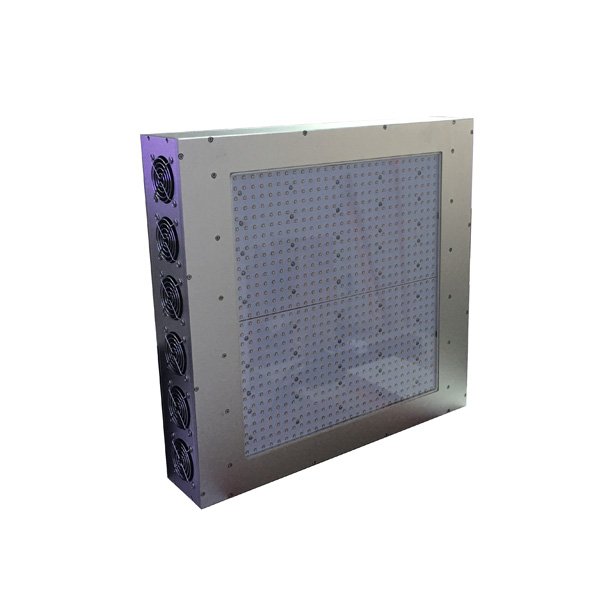
The ultraviolet wavelength is between visible light and X-ray. The wavelength range is 10~400nm. However, many optoelectronic manufacturers believe that the 430nm wavelength is also ultraviolet.
Although many ultraviolet rays are not visible to the human eye, they are still named to produce part of the violet visible spectrum. UVLEDs have made great progress in the past few years. This is not only the result of technological advancements in solid-state UV equipment, but also the increased demand for environmentally sound UV lamps.
At present, the UVLED supply in the optoelectronics market includes a wavelength range of 265 to 420 nm, including various packaging forms such as perforation, surface mounting, and COB. UVLED generators have many unique applications. However, UV lamps are independent in wavelength and output power.

In general, the UV light used on LEDs can be divided into three areas. They are defined as UV-A (long-wave ultraviolet), UV-B (medium-wave ultraviolet) and UV-C (short-wave ultraviolet).
UV-A devices have been produced since 1990. These LEDs are usually used for counterfeit detection or verification (currency, driver's license or documents, etc.). The power output requirements of this type of application are very low, and the actual wavelength range used is between 390~420nm, and products with lower wavelengths are not suitable for use. Because these LEDs have a long life cycle in the market and are easy to manufacture, they can be used as various light sources and the cheapest UV products.
In the past few years, there has been a great increase in UVLED curing machines in the field of UV-ALED components. The majority of applications in this wavelength range (about 350~390nm) are UV curing in the production of commercial and industrial materials, such as adhesives, coatings and inks. Compared with traditional curing technologies, such as mercury or fluorescent lamps, LED lamps have greater advantages due to improved efficiency, reduced costs, and miniaturization of the system.
Therefore, the supply chain continues to promote the application of LED technology, making the trend of LED curing more and more obvious. Although the cost of products in this wavelength range is significantly higher than that in the UV-A region, rapid advances in manufacturing technology and steady growth in output are gradually reducing prices.
The low UV-A and high UV-B wavelength ranges (approximately 300-350 nm) are the most recently commercialized areas. These UV curing machines are suitable for a variety of applications, including UV curing, biomedicine, DNA analysis, and various types of sensing.
Mercury is an essential metal element in traditional ultraviolet lamps. Since the official announcement of the United Nations Environment Programme, more than 140 countries have reached an agreement on the world's first international convention to limit mercury emissions-the International Convention for the Prevention and Control of Mercury Pollution. In order to reduce the environmental damage of mercury pollution and the impact on human health, the production and trade of mercury-containing products will be monitored and restricted on a global scale.
According to the Convention, the production, import and export of mercury-containing products that are prohibited before 2020 include: batteries and button batteries used in implantable medical devices; switches and relays; certain types of fluorescent lamps; soaps and cosmetics. This thunderbolt is undoubtedly a blow to some UV light source manufacturers.
Shenzhen Height-LED specializes in the production and sales of UVLED point light sources, UVLED line light sources, UVLED surface light sources, UVLED curing machines, UVLED curing ovens, dispensing, spraying, spraying, automation equipment and other products. It has a professional team and rich experience. Won the title of National High-tech Enterprise. Welcome friends in need to come to consult.